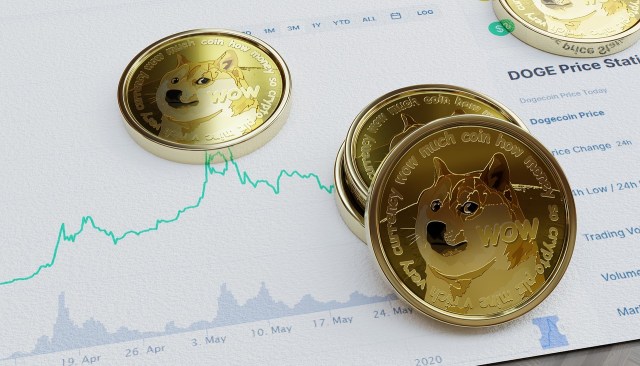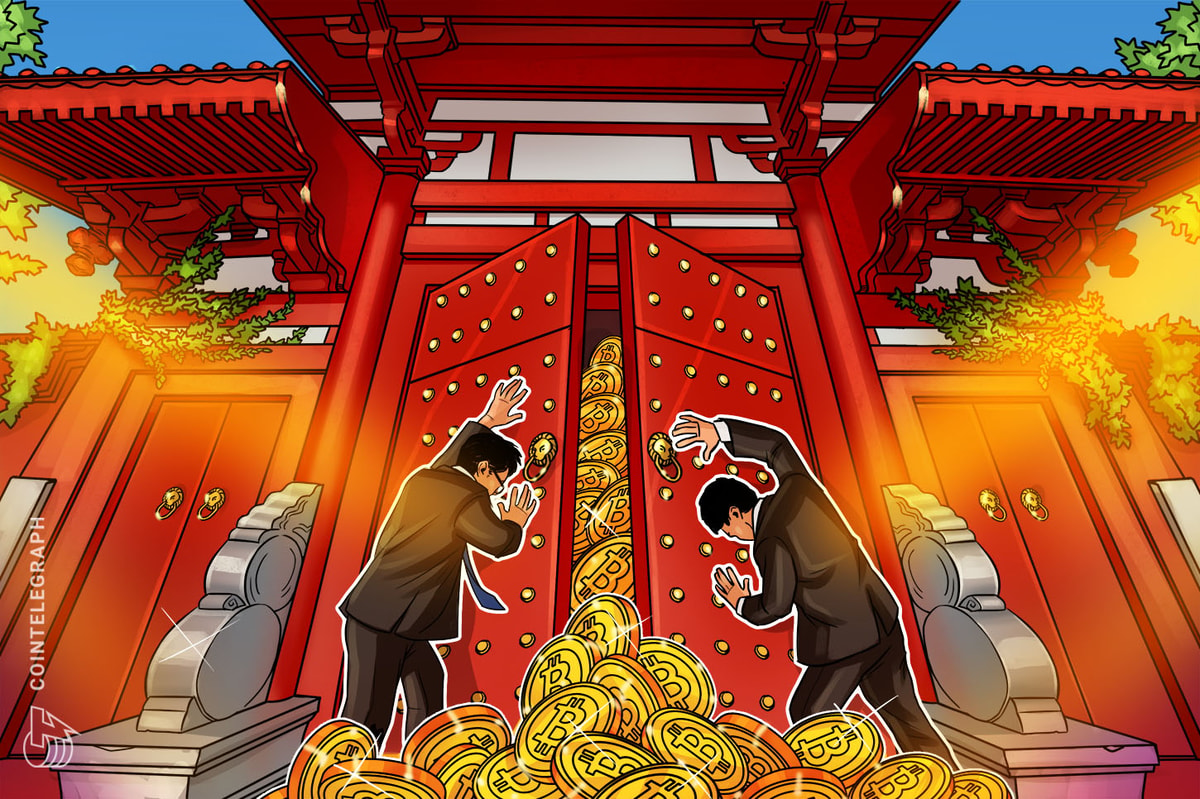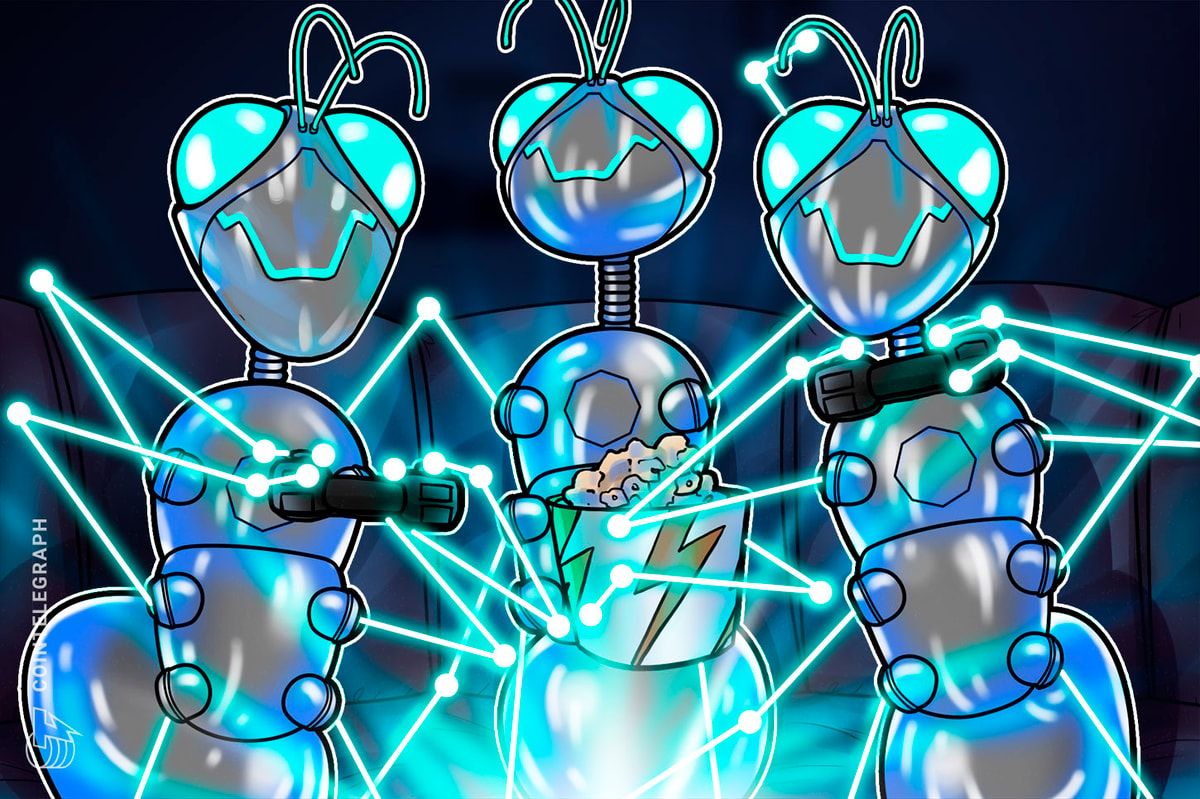A faked image of an explosion near the Pentagon has again revealed the power of artificial intelligence-powered deception — and was enough to cause the stock market to dip briefly.
On May 22, the now-suspended verified Twitter account “Bloomberg Feed” — pretending to be affiliated with the media conglomerate — shared the image reporting of a “large explosion” near the Pentagon, the headquarters of the United States Department of Defense.
Prime example of the dangers in the pay-to-verify system: This account, which tweeted a (very likely AI-generated) photo of a (fake) story about an explosion at the Pentagon, looks at first glance like a legit Bloomberg news feed. pic.twitter.com/SThErCln0p
— Andy Campbell (@AndyBCampbell) May 22, 2023
The fake report quickly gained traction and was shared by multiple media outlets, including the Russian-state controlled media outlet Russia Today to its 3 million Twitter followers and the Indian media outfit Republic to its 2.8 million Twitter followers.
Both have since deleted their respective tweets regarding the story.
So @republic aired a 'Live & Breaking' news of Pentagon explosion image. They even invited Prof. Madhav Nalapat "strategic expert" to discuss about the explosion.
— Mohammed Zubair (@zoo_bear) May 22, 2023
BWT, It was an AI generated image. pic.twitter.com/8j1nfSJR6x
Local authorities including the Pentagon Force Protection Agency, in charge of the building’s security, said they were aware of the circulating report and confirmed there was “no explosion or incident” taking place.
@PFPAOfficial and the ACFD are aware of a social media report circulating online about an explosion near the Pentagon. There is NO explosion or incident taking place at or near the Pentagon reservation, and there is no immediate danger or hazards to the public. pic.twitter.com/uznY0s7deL
— Arlington Fire & EMS (@ArlingtonVaFD) May 22, 2023
Multiple Twitter users pointed to inconsistencies in the image that indicated it was AI-made, highlighting the building frontage wasn’t uniform, and two different fences shown in the image seemed to merge together.
Confident that this picture claiming to show an "explosion near the pentagon" is AI generated.
— Nick Waters (@N_Waters89) May 22, 2023
Check out the frontage of the building, and the way the fence melds into the crowd barriers. There's also no other images, videos or people posting as first hand witnesses. pic.twitter.com/t1YKQabuNL
Due to the news the S&P 500 briefly dipped by 0.26% but quickly recovered after it was revealed as fake.
Related: OpenAI warns superhuman AI may arrive within a decade: ‘We have to get it right’
AI tools have been used in the creation of fake news and deceptive content before. Earlier in May, the Irish newspaper The Irish Times apologized after it was duped into publishing a submitted article that was generated by AI.
In April, California’s financial regulator cracked down on purported crypto trading services and alleged that some of the firms used AI-generated avatars to act as their CEOs in promotional videos.
AI-created “deepfakes” of crypto industry figures have often been used in an attempt to perpetrate scams.
One such notable example was a faked video of FTX co-founder Sam Bankman-Fried that circulated shortly after the exchange collapsed and attempted to direct FTX users to a malicious site under the promise of a “giveaway.”
Magazine: ‘Moral responsibility’ — Can blockchain really improve trust in AI?











